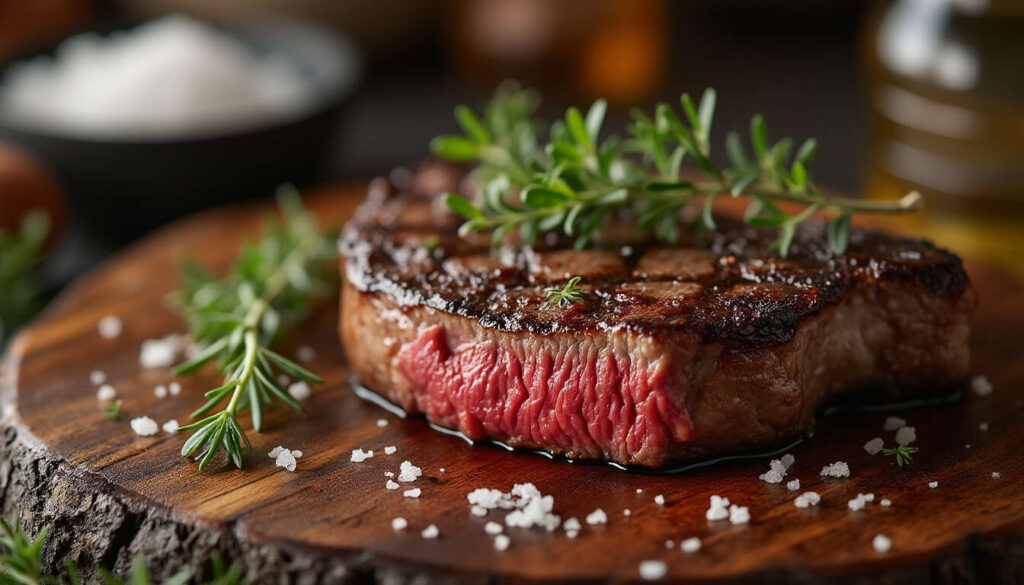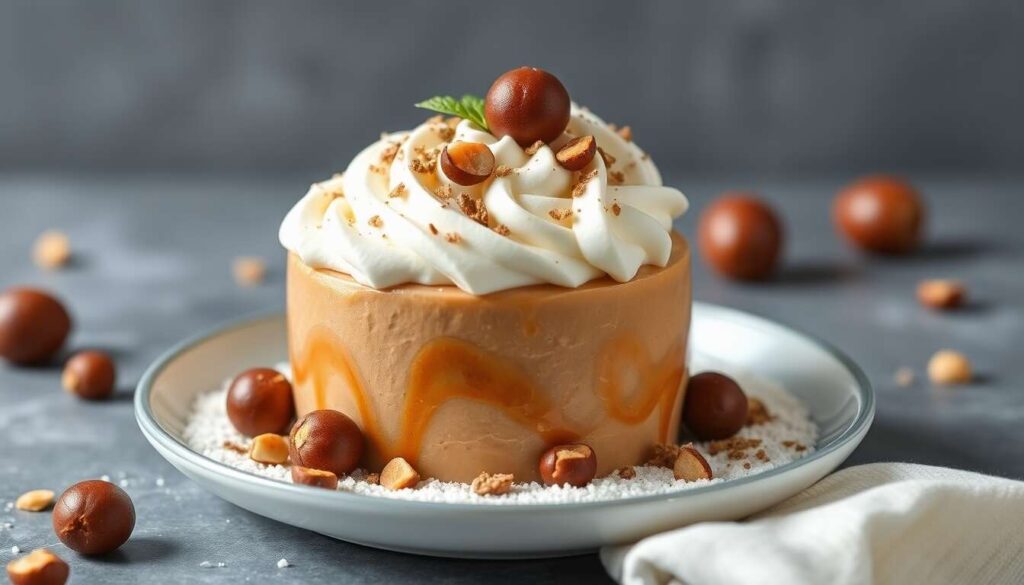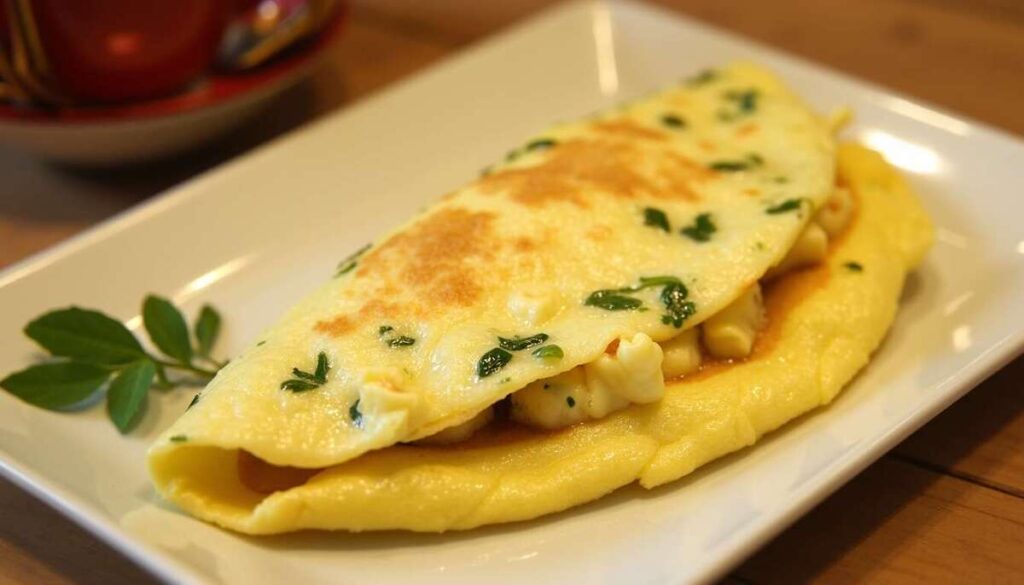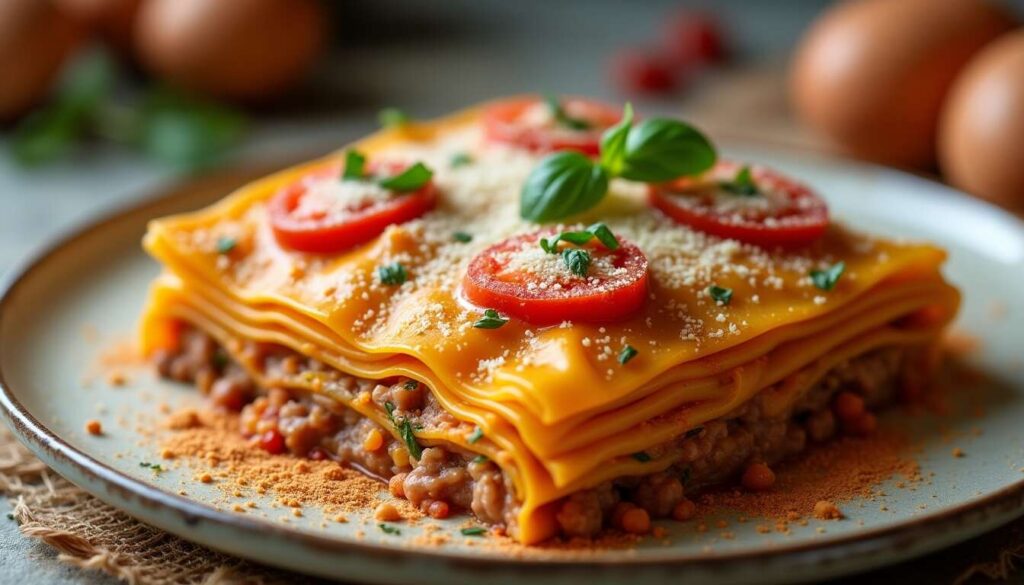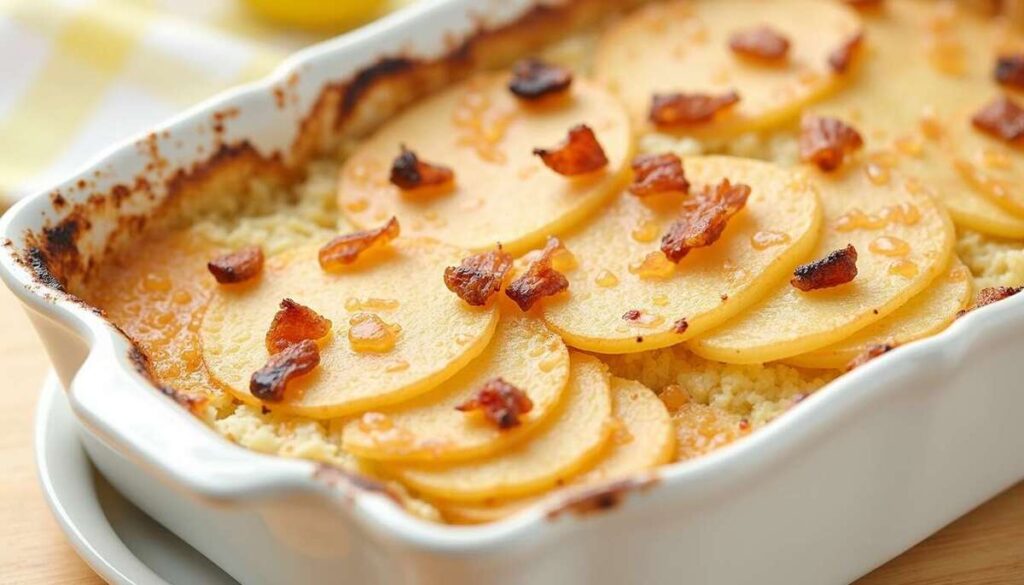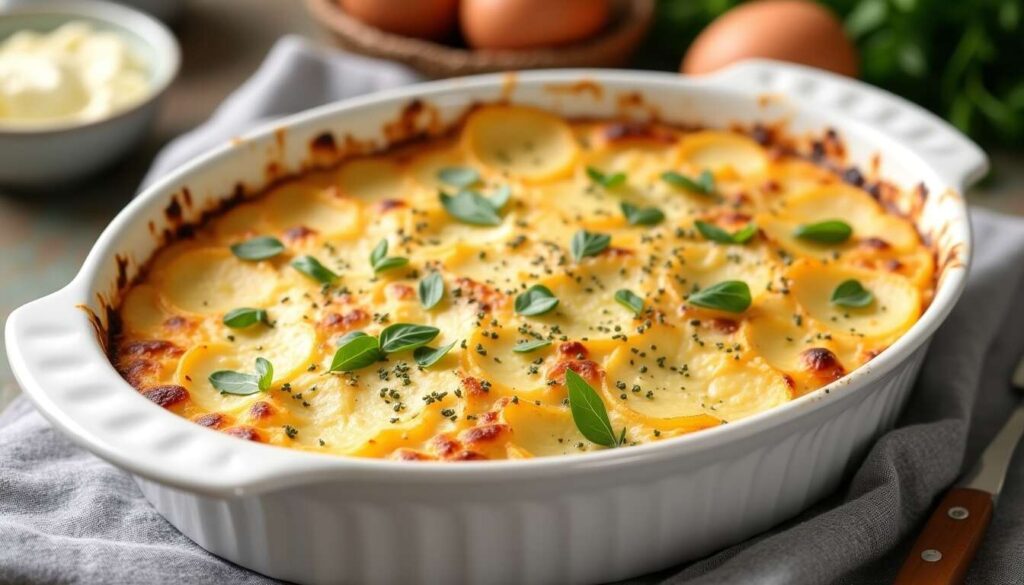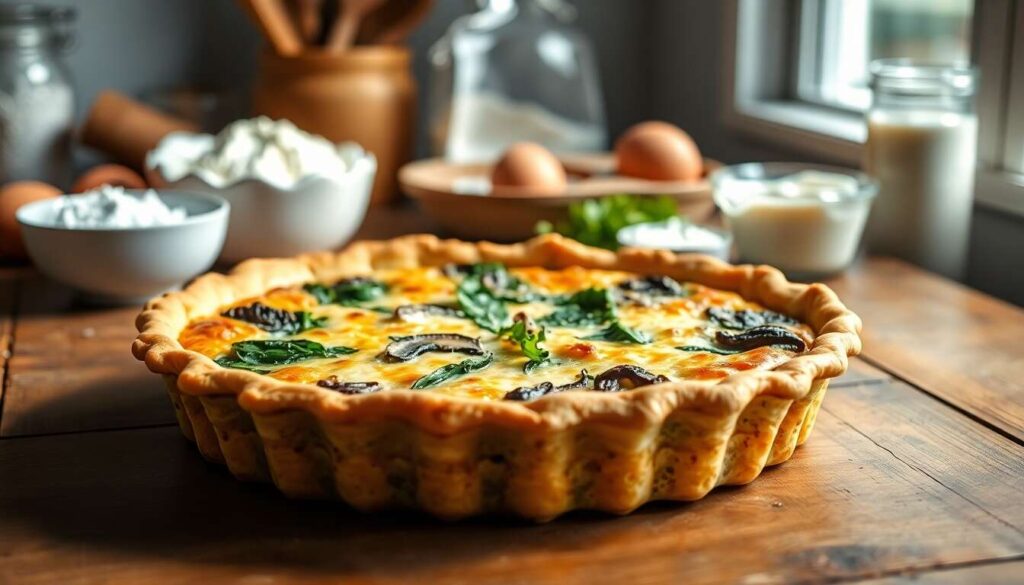A perfectly cooked steak is often regarded as the pinnacle of culinary art for any meat enthusiast. However, many have found themselves faced with a steak that is charred on the outside and barely warm on the inside. To address this common dilemma, the technique known as reverse searing has emerged. More than just a cooking method, it is an art that ensures exceptional results, combining unmatched tenderness with a flavorful, crispy crust. This article delves into the intricacies of reverse searing and explains why it makes all the difference.
What is reverse searing a steak?
Definition of reverse searing
Reverse searing is a method that flips the traditional steak cooking order on its head. Typically, one begins by searing the meat at high temperature, followed by finishing the cooking at a low heat. With reverse searing, the meat is first cooked at a low temperature, culminating in a quick sear. This approach provides an evenly cooked steak throughout.
Two steps of reverse searing
To achieve a successful reverse sear:
- Slow cooking: The meat is placed in an oven or grill at a low temperature. This phase allows for precise control over the heat penetrating the meat.
- Quick sear: After cooking slowly to the desired doneness, a brief high-temperature sear creates a perfectly caramelized crust.
Understanding the mechanics of reverse searing leads us to explore its numerous advantages for achieving a high-quality gastronomic result.
Advantages of reverse cooking
Uniformity of cooking
One of the primary benefits of reverse searing is the elimination of overcooked or undercooked zones. The method guarantees an even cooking, preventing a steak that is too rare at its core or burnt on the outside.
Perfect sear
Thanks to the quick sear at the end of the process, reverse searing facilitates the renowned Maillard reaction. This results in a golden, crispy crust that perfectly locks in the juices and flavors of the meat.
Better control
The entire process allows the cook to command each step effortlessly. It is straightforward to adjust the cooking down to the degree for achieving culinary perfection.
These advantages raise the question of how to best prepare a steak to maximize the benefits of reverse searing.
How to prepare a steak for reverse searing
Choosing the cut of meat
Everything begins with selecting high-quality meat. Opt for thicker cuts, such as ribeye, tenderloin, or bone-in ribeye, as these cuts hold up better during the slow cooking process and reveal their fullest potential with reverse searing.
Pre-seasoning
It is crucial to prepare the steak well before placing it in the oven, with a generous seasoning of salt and pepper to ensure a deep and well-integrated flavor profile. Some enthusiasts add herbs or spices to customize their cooking.
Now that the steak is prepared, let’s explore the essential steps for executing a reverse sear.
Essential steps for reverse cooking
Slow cooking
The slow cooking phase is the initial step. Preheat your oven to about 65°C (149°F). Place your steak on a rack so that the heat circulates evenly around the meat, ensuring consistent cooking.
High-temperature sear
Once the steak has reached 5°C (9°F) below the desired internal temperature, it is time to sear it. Use a well-heated cast iron skillet or a grill for this crucial step.
| Internal temperature during slow cooking | Searing temperature |
|---|---|
| 5°C below target | 200°C to 250°C (392°F to 482°F) |
With these steps in mind, it is vital to determine the exact ideal temperature that guarantees a perfect steak.
The ideal temperature for a perfect steak
Temperature target chart
Knowing the exact internal temperatures is essential for successful cooking. Here are some guidelines:
| Cooking type | Internal temperature |
|---|---|
| Rare | 50-52°C (122-126°F) |
| Medium | 57-60°C (135-140°F) |
| Well done | 65-70°C (149-158°F) |
The importance of using thermometers
For enhanced precision, using a probe thermometer is recommended. Insert it into the center of the steak to check the exact temperature during the slow cooking phase.
With a firm grasp on temperature control, it’s time to consider the equipment that will ensure the success of this culinary method.
Recommended equipment for success
The essential low-temperature oven
An oven capable of maintaining a stable low temperature is vital. Modern ovens with a gentle cooking function are perfect for this task.
Cast iron skillet or stainless-steel grill
To initiate a quick and effective sear, a cast iron skillet or a stainless-steel grill is ideal. These utensils ensure an even heat distribution sufficient to elevate the meat.
In addition to this equipment, several tips can guarantee a perfect finish.
Tips for achieving the perfect finish on your steak
Resting the meat after cooking
Allowing your steak to rest for a few minutes after the final sear enables the juices to redistribute evenly inside.
Adding aromatics at the end of cooking
At the end of cooking, incorporating a little butter, garlic, or thyme in the skillet can impart an irresistible burst of flavor to your steak.
Slicing on the bias
Serve your steak by slicing against the grain, ensuring a tender and enjoyable bite. Always adjust according to your personal tastes for complete satisfaction.
By mastering these tips, you are now equipped to fully savor the taste and texture of an exceptional steak.
Mastering the art of reverse searing transforms the ordinary into the extraordinary, blending perfect tenderness with intense and savory flavor. This technique, once adopted, could easily become indispensable in your kitchen, ensuring a flawlessly cooked steak with each preparation. By applying this knowledge, you will be able to elevate your culinary experience far beyond standard expectations for steak cooking. Embrace reverse searing and rediscover the joy of a perfectly cooked steak.

